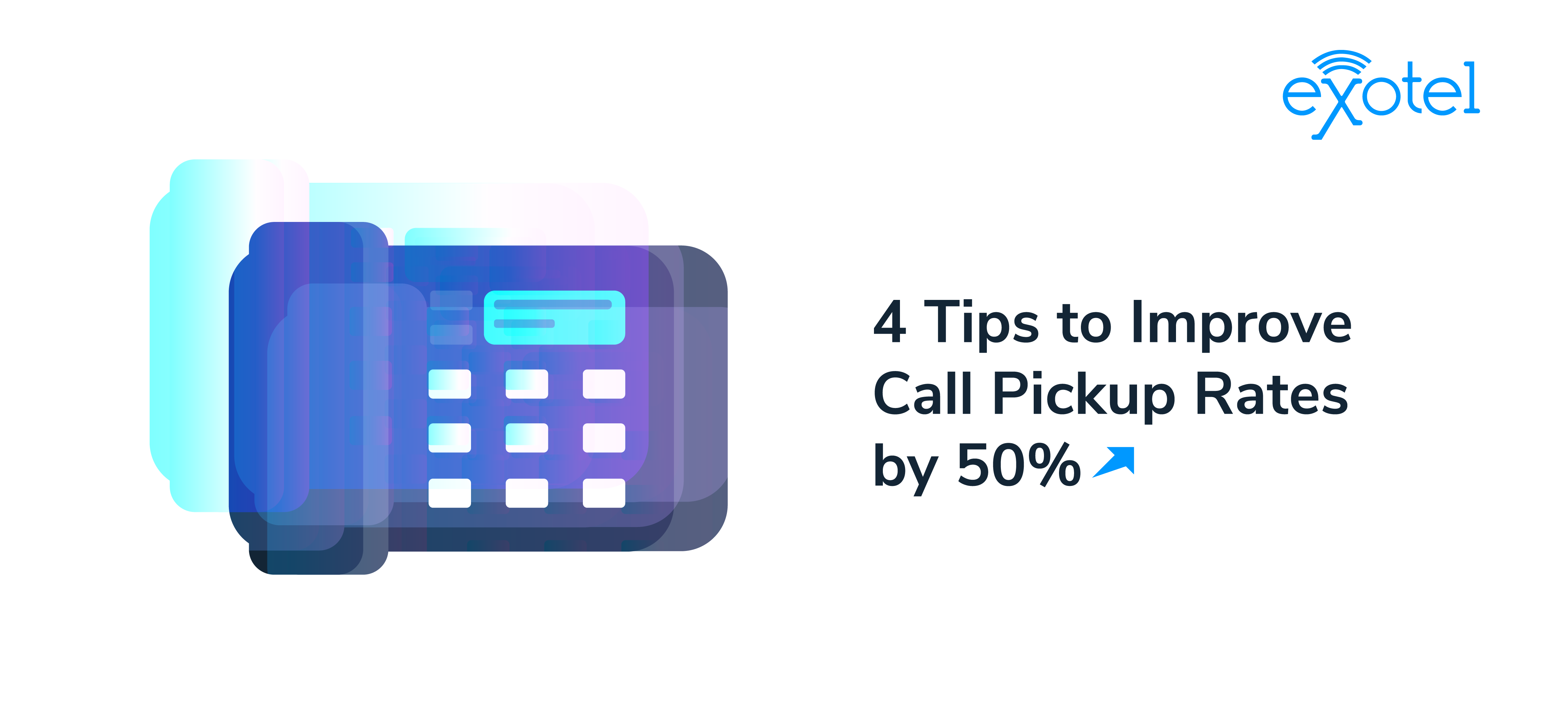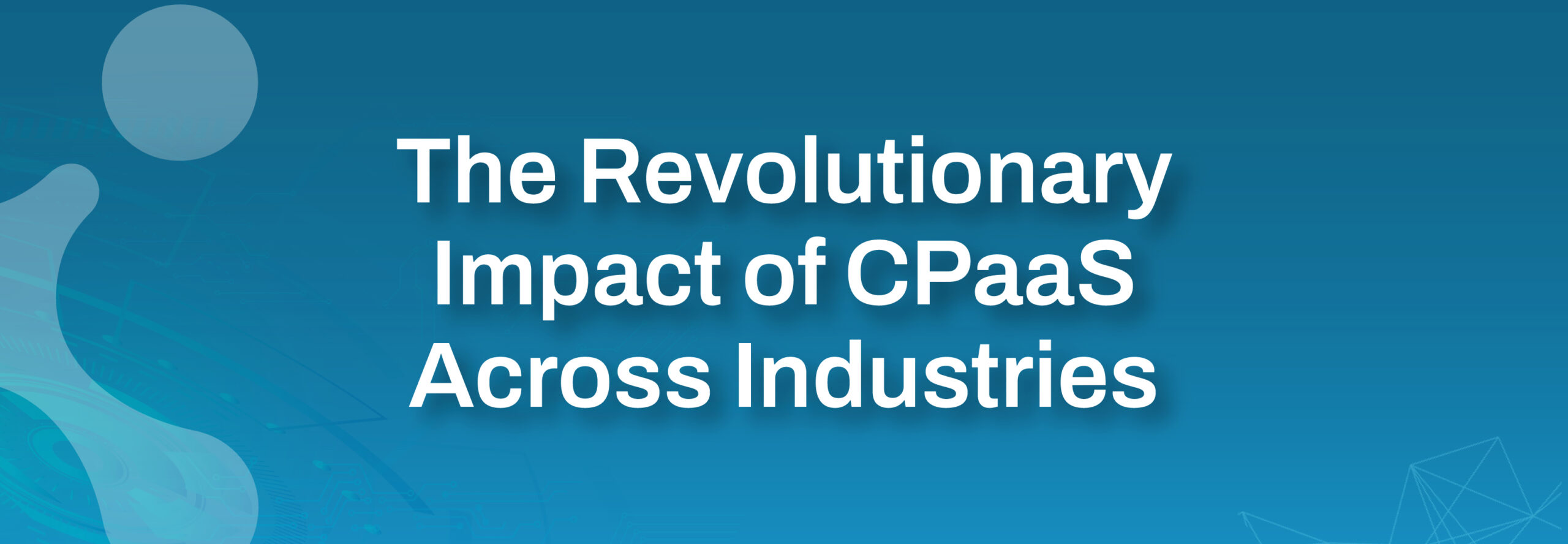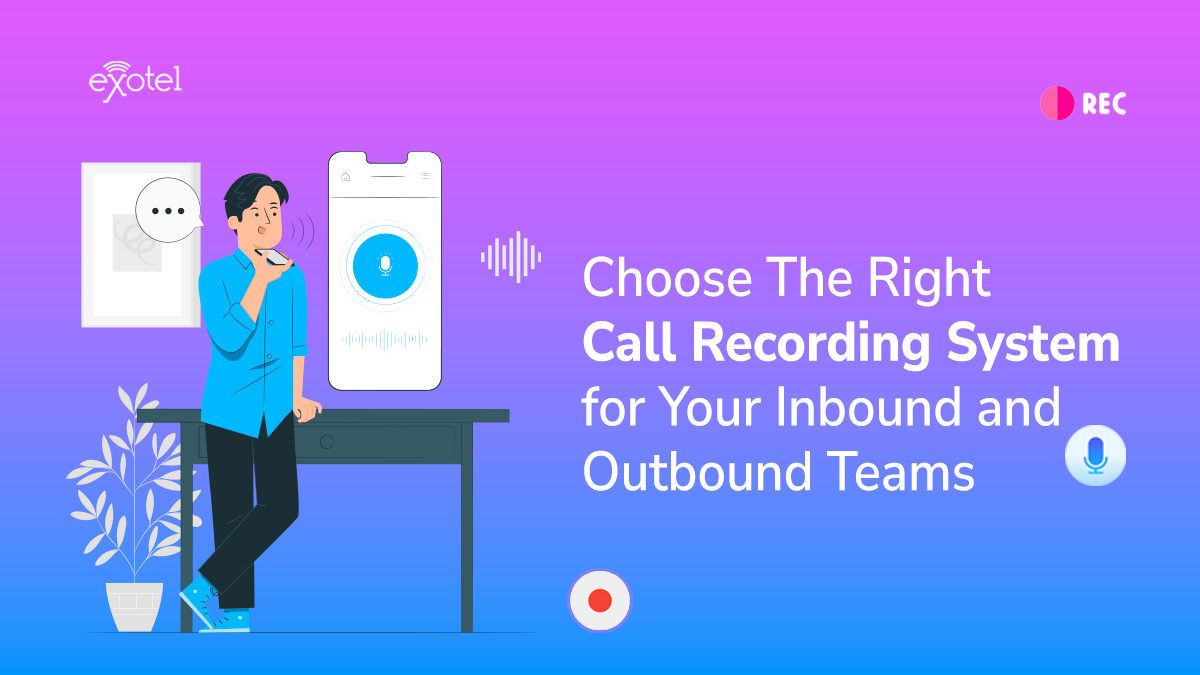The number of mobile phone users worldwide is expected to cross the five billion mark by 2019. But the number of users who actually pick up their phone to make a call or receive a call is reluctantly small. This article talks about how more than 75% of people own a smartphone, but a quarter of them never use it for calls. This data is from 2015, but if anything, the number of people who use calls as a mode of communication is predicted to be even lesser now.
With mobile data being easily affordable for any smartphone now, channels like Whatsapp are pushed as acceptable methods of reaching a person. There is also a growing number of complaints on spam calls, which makes it all the more difficult to reach a person on the phone because users are choosy about the calls they answer. The younger generation even concedes that a call is a disruption to their productivity. Therefore, it is the onus of the business to make it worth their while and be judicious of their time.
Conversations lead to conversions.
Conversations lead to conversions. If you’re spending most of your time on the phone struggling to get people to take your calls, here are some tips that are worth trying.
1. Dynamic and Local Caller-ID approach
There is a belief that telemarketers sit in a in a faraway land, in a cold office, and make cold calls ferociously to every person they can find in the phone directory. So we are simply not ready to answer a call that pops from a number that doesn’t match our area code.
A local caller ID matters because studies show that people are 4 times more inclined to answer calls from a local number. There are many platforms to obtain a dynamic caller ID— cloud telephony is the simplest and most reliable of all. You can set your caller ID to match the contact’s location, and magically improve the likelihood of your call being answered.

When a prospect doesn’t answer the call the first time, leverage number rotation—another prime feature of cloud telephony— to improve the chances the next time around. What this means is that you’ll be calling from a different number each time, which automatically increases the probability of call pickup.
Experiment between landline, mobile, different regions to see which has the best pick up rate. Leverage call automation, and take into account statistics like sample size, to arrive at best results that are statistically validated.
2. Call during acceptable times of the day
We get it, you want to reach as many prospects as possible, but that shouldn’t come at the cost of damaging your brand name. As a rule of thumb, it is best to avoid calling before 8 AM and after 8 PM. Studies show that the best time to call is from 11 AM to 12 PM, and 4 PM to 5 PM. During the 11-12 window, they are already checked in at work, started off with the tasks and are winding down for lunch.
Similarly, they are wrapping up for the day between 4-5 PM. They are most likely not going to take up a task that requires intense focus during this window, which makes it the best time to call.
3. Call automation FTW
One might argue that a 2 hour window isn’t enough to reach a large group of people— and rightly so. That’s where call automation comes into play.
The entire world is moving towards AI, so don’t be worried if people will respond kindly to a robot talking on the phone. The secret is to create an impression in the first 5 seconds, and make it impossible for them to cut the call without listening to the entire message. Attitude is everything, even if it’s coming from an automated voice.

A good text-to-speech engine usually does the trick. At Exotel, we use Amazon Polly, which sounds very life-like. We also have an in-house voice recording artiste to help record the message.
Conversation analytics such as the number of people who answered the call, people who didn’t answer the call, the average call time etc. can be obtained from reports. This gives a clear vision on if the message works just fine or if it needs any tweaks.
4. Multi-channel contact approach
Gone are the days when you would give up attempting to reach a person after 2 tries. The world doesn’t work like that anymore.
Call pick-up success is much more than calling at the right time, or using a dynamic caller ID— it requires multi-medium touchpoints. Multi-channel experience is described as a approach that provides a consistent and complementary experience for the customer. What does this entail for call pick-up rates?

67% of the buyer’s journey is now done digitally. As a first step, use a CRM software to integrate the customer data from website visits. Study the patterns to understand customer behavior. Establish a multi-channel marketing strategy. These channels could be anything— email, LinkedIn, Facebook etc. Maintain a consistent customer experience across all channels.
For example: drop an email to the person you’re trying to reach, followed by a LinkedIn message with the time you will be calling them; before finally making that phone call. This will help in better brand recall and boost the call pick-up rates.
Congratulations— you’ve now succeeded in improving the pick-up rate. How do you keep this momentum going? Getting them to pick up the phone is only a small hurdle, but how to make it worth their time so that they will pick up that call from you every single time?
Rivet their attention
With the increased usage of social media and smartphones, it is proven that the attention span of humans is 8 seconds. This research yield is from three years ago— it could possibly be much shorter now.

Keep your messaging relevant and simple. The entire world is moving towards short-form content— 5 second videos, 1 second ads, GIFs etc. Therefore, your phone call should be anything but rambling. Effective introduction with name, company, and pitch in less than 20 seconds usually works. Anything more than that will result in call disconnect, or the prospect will say anything to get you off the line.
Measure engagement on the calls to see where their attention drops off so your call messaging can be improved.
Use contextual signals to shape the call experience
Getting prospective customers to pick up the phone is only the first step. Knowing what to say is “make or break” for your phone call.
Online contextual signals like the keywords they searched for, or landing pages they were looking at can help identify what the prospect is interested in. This information can help you pick up right where they left off, and deliver a more personalized experience, to win new customers. The data can also be used to upsell existing customers.
Ask questions
Understand the prospect’s pain points and gather more information before you can pitch. This is not only effective to tailor your pitch, it will also save time and eliminate the irrelevance.
Fundamentally, humans are egoistic. Appeal to the ego and make this exercise all about them by asking questions about their complaints. Prepare enough case studies to back the data that you’re trying to sell. Relevant ebooks and white papers can be offered as an incentive. This will make them feel that they are really being helped, rather than seeing this as just another intrusive sales call.
Prepare a small cheat sheet in advance to plan the questions, and answers for the questions that the prospect might have.
Do not blow up their phone
The call is done with, and they’ve promised you a callback once they’ve arrived at a decision. Great!
Do not call them every waking hour to see if they’ve made up their mind. They will regret picking up your call. Indeed, the waiting period is tough. But suaveness and etiquette is what the customer will remember about your business for a long time to come.
There’s a fine line between persistence and annoyance— and it is essential to tread this line carefully.
It is safe to say that calls are not dead yet. It is the approach towards calls that is long dead. Phone is a personal space these days. Getting someone to take your call is your privilege, and it is wise not to abuse that privilege.
 +91-808 8919 888
+91-808 8919 888 +91-808 8919 888
+91-808 8919 888 +966 135 181 912
+966 135 181 912



